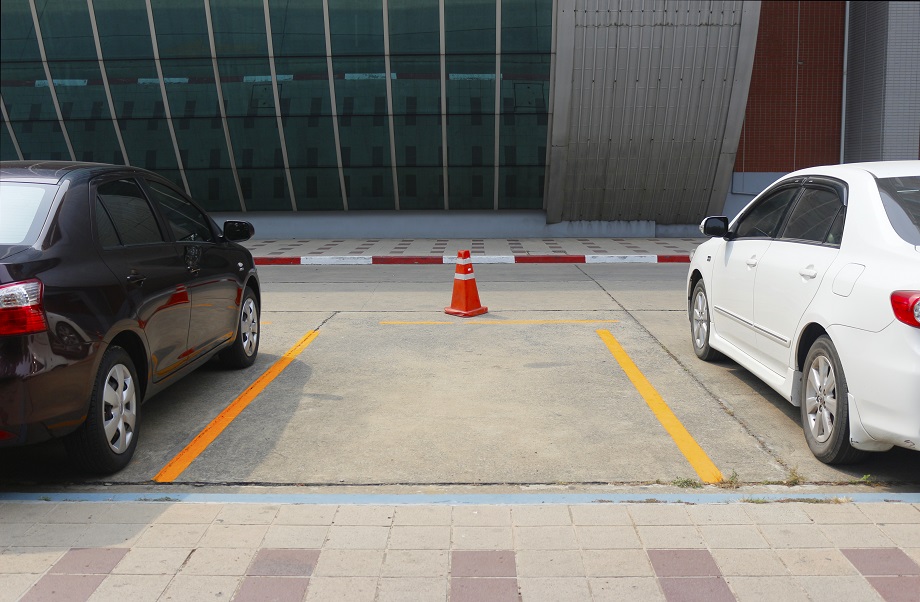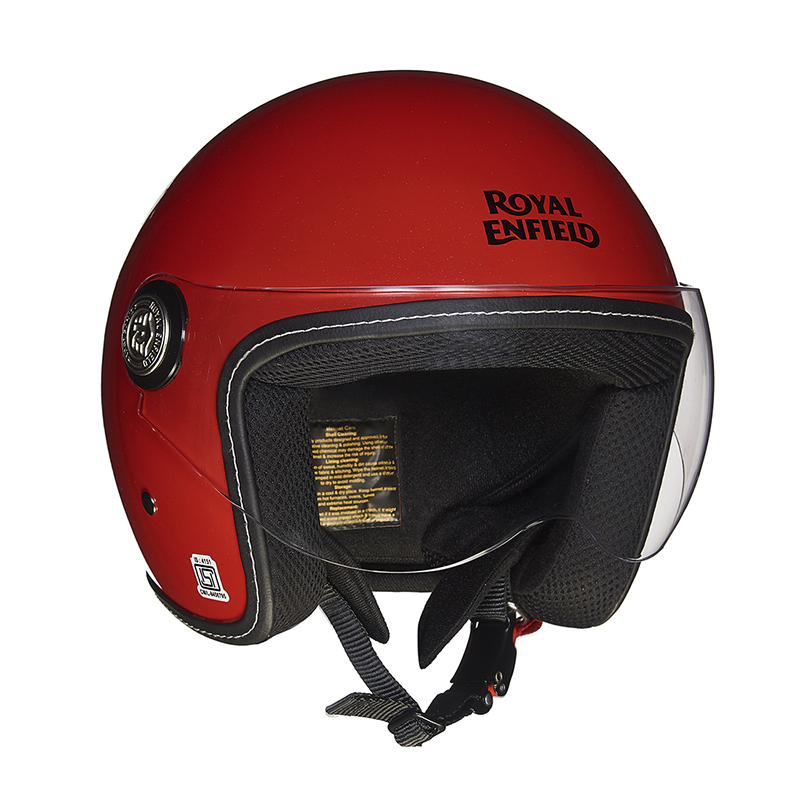What are the 4 Main Types of Parking?
There are four main types of parking: surface parking, garage parking, street parking, and driveway parking.
Surface Parking: Surface parking is the most common type of parking. It typically consists of a paved area, such as a lot or deck, that is used for storing vehicles. This type of parking can be found at shopping centers, office buildings, airports, and other locations.
Garage Parking: Garage parking is another common type of parking. Garages are usually enclosed structures that have one or more levels used for storing vehicles. This type of parking can be found at residences, businesses, and other locations.
Street Parking: Street parking is a type of public parking that is typically provided on city streets. This type of parking can be metered or unmetered. Metered street parking requires drivers to pay for the amount of time they plan to park in the space. Unmetered street parking does not require payment but may have time limits on how long vehicles can park in the space.
Driveway Parking: Driveway parking is a private form of vehicle storage that is typically located on a property owner’s land adjacent to their residence or business.
Parking tips for beginners
Parking your car can be a pain, especially if you’re in a tight spot. Here are some tips to make the process a little easier:
- When backing into a parking spot, turn your steering wheel all the way to the right before you start moving backwards. This will help you avoid hitting curbs or other cars.
- If you’re parallel parking, make sure to leave enough space between your car and the car in front of you so that you can easily pull out when you’re ready to leave.
- Always look for signs before parking. No Parking zones, handicap spots, and fire lanes are just a few examples of places where you shouldn’t park your car.
- Be mindful of how much time you have left on your parking meter. Getting a ticket is no fun, and it’s even less fun when it’s because you ran out of time!
- Make sure you are in a well-lit area. This will help deter potential thieves and also make it easier for you to see where you are going. Parking in a well lit area decreases the risk of getting your car hit while parked.
- Be aware of your surroundings. Know where the curbs are and be careful not to hit them when backing into a spot.
- It’s also important to know your own vehicle’s dimensions so that you can gauge whether or not a spot is big enough for your car. Once you’ve found a spot that meets your needs, it’s time to start maneuvering into position. For parallel parking, back into the space so that you’ll be able to drive out easily when it’s time to leave.
- It can be helpful to practice in an empty parking lot before heading into a busy one. Be sure to signal properly and use your mirrors so that other drivers are aware of what you are doing. Once you have pulled into the spot, check that you are indeed parked within the lines before getting out of the car.
- If you’re pulling into a perpendicular spot, simply drive straight in. In both cases, once your car is in the space, make sure it’s as close to the curb as possible without actually touching it. This will help ensure that other cars don’t accidentally hit yours while they’re passing by.
- Try to find a spot that is closer to the exit or entrance of the parking lot. This will save you time and effort when leaving or returning to your car. When actually maneuvering into the spot, take your time and go slow.
And that’s really all there is to perfect parking! Just take your time and use caution and you’ll be able to park like a pro in no time at all.











